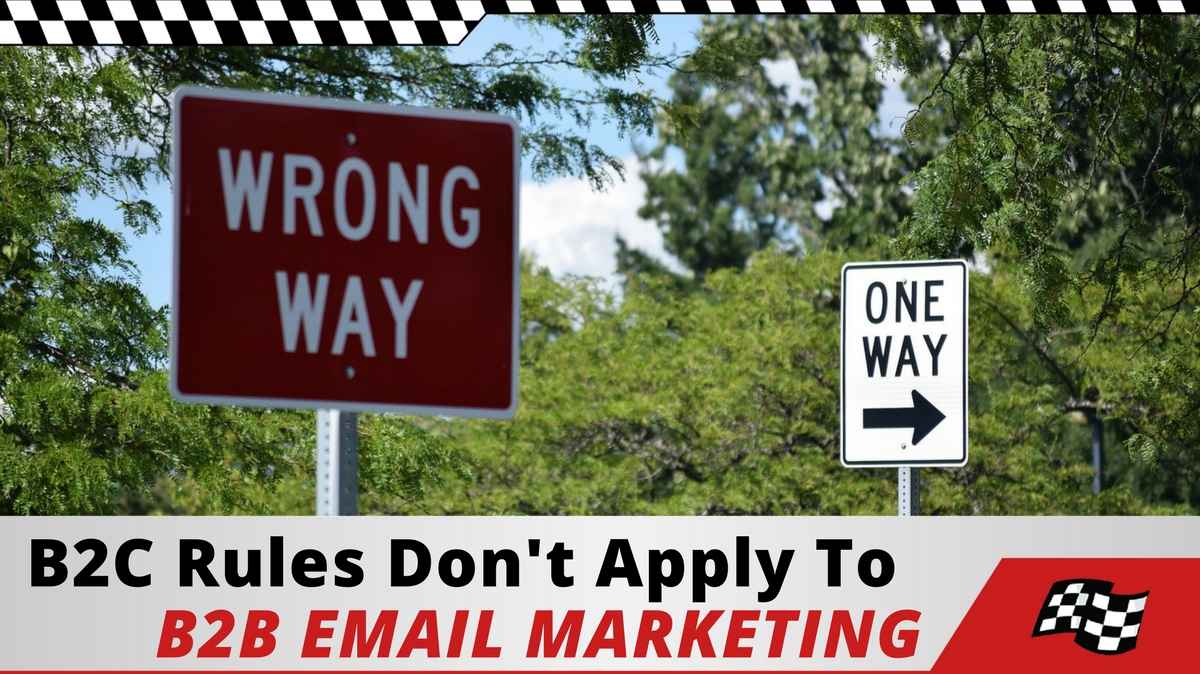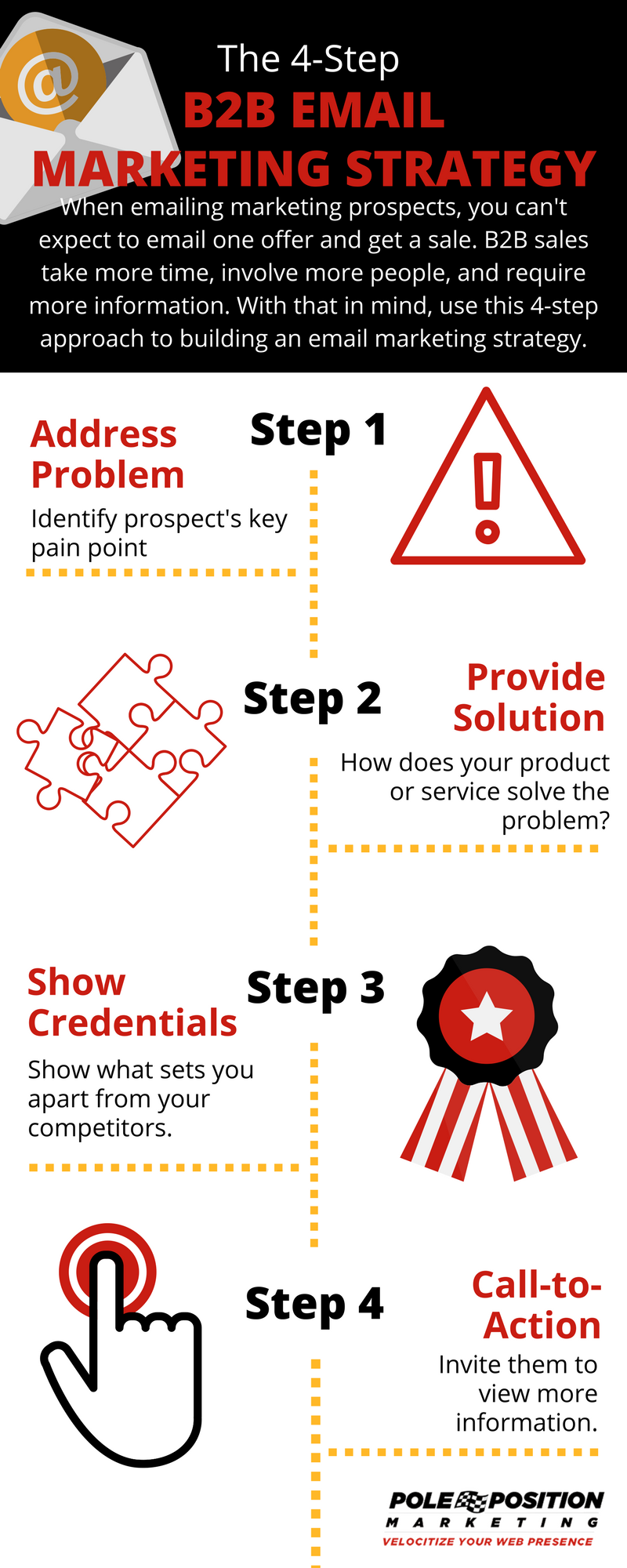
When it comes to generating new leads for your business, there have never been more options. But while some of the new methods are undoubtedly successful, one of the most valuable is also one of the oldest — email marketing.
This probably isn’t news to you. There have been countless articles written on the virtues of email marketing. The problem is, most of it relates to B2C businesses. As you know, B2B is a different animal.
B2C Principles Don’t Necessarily Apply
As such, it’s better to go into this process with a clean slate and start from scratch. That way, you can be sure that you’re developing a system that works for your unique needs rather than trying to adjust one that already exists and hoping for the best.
Here are some of the key differences in B2B email marketing vs. B2C:
Long-Term vs. Immediate Buying
With B2C email marketing, the goal is to get customers to strike while the iron is hot. Perhaps there’s a sale or the business is trying to move a particular product.
With B2B strategies, it’s better to take the long approach. Since B2B purchases often require input from a variety of people along the food chain, you can’t expect to make a sale with a single email.
With that in mind, you want to shift your focus away from the immediate sale and to building trust and relationships with your customers. For the most part, B2B sales are long term, so your marketing strategy should be the same way. Rather than trying to get a bite with one or two blasts, expect it to take a few months to get the right clientele.
Focus on Content, Not Offers
Since you’re working on building a foundation with your audience, you need to forgo any emails that seem too “gimmicky.” Countless “limited-time offers” likely won’t work here. It’s better to provide your leads with content that will help them make a final decision.
Typically speaking, you want to take a four-step approach when building your B2B email marketing strategy.
- Address the problem. Identify the recipient’s key pain point. Whether it’s cutting costs,
improving efficiency, or expanding into new markets, tailor your message to that specific issue. - Provide a solution. Will your product provide the cost saving they’re looking for? Will it save them time? Showcase exactly how your product/service will help them solve the problem identified in step 1.
- Show your credentials. Why should they choose you over a competitor? What advantages or value do you bring to the table? In this phase, you close the deal by showing your audience what sets you apart from the crowd.
- Call-to-action. An invitation to click for more information that will help them make their decision will likely work better than a “buy now”CTA.

Market to the Decision Makers and Influencers
Rarely are you going to be able to find one person who can make the final decision on buying your product or service. In most cases, there are a handful of both influencers and decision-makers who have to weigh the pros and cons of what you have to offer.
Thus, make sure that your marketing material speaks to all of them. Although it might seem like a good idea to target an operations manager or CEO, the fact is that it’s a team effort. Customizing your message to address everyone’s questions and concerns will enable you to make a stronger connection and increase your chances of closing the deal.
Consider segmenting your email list and providing different messages that speak to the different team members you are addressing.
The Bottom Line Is…Your Bottom Line
When it comes to building your B2B network, having the right email marketing strategy can make a significant difference to your bottom line. Getting into the right mindset and having a comprehensive system in place will make your life so much easier and allow you to tap into the vast potential you already have.

5 Responses to B2C Rules Don’t Apply to B2B Email Marketing